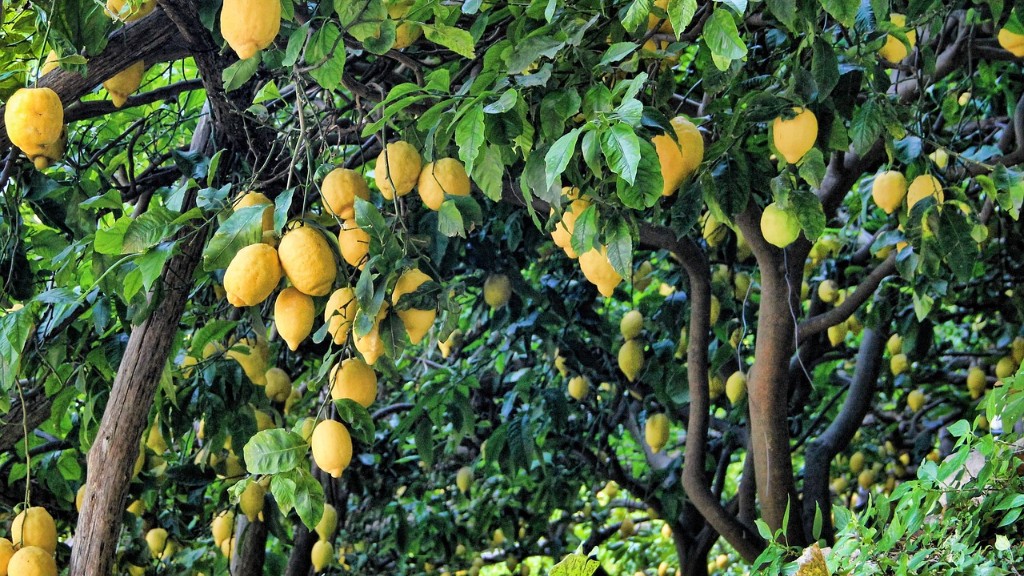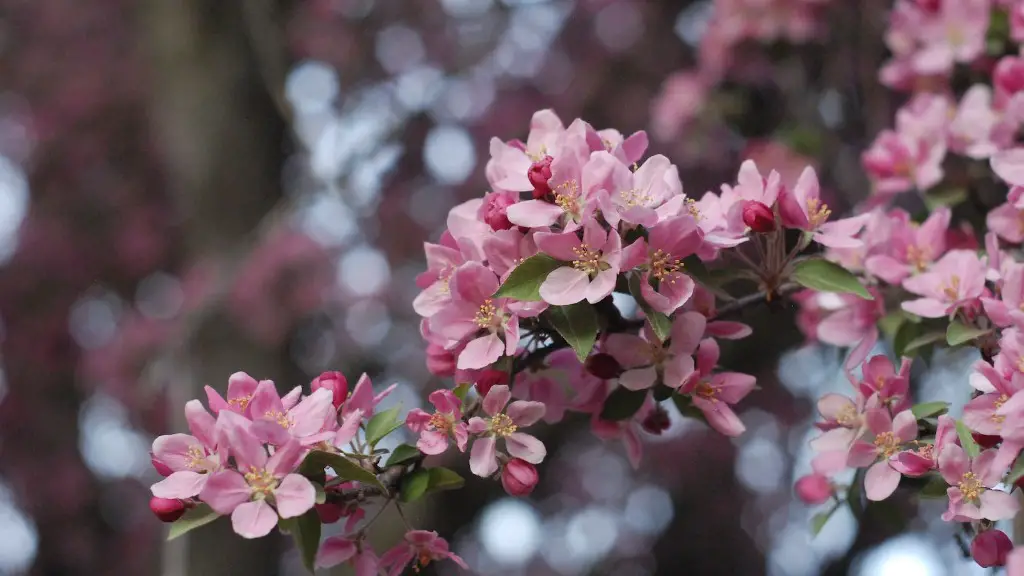Planting a Meyer Lemon tree is a great way to enjoy fresh citrus fruit, with fragrant flowers and a beautiful tree. If you’re looking to add a Meyer lemon tree to your garden, you should plan to plant when the weather is moderate and there are a few months of frost free weather ahead. Springtime is usually the best time to plant Meyer lemon trees, as this will give them time to adapt and get settled before any cold weather arrives.
Before you plant your tree, it’s important to select the right location for it. Meyer lemon trees prefer full to partial sunlight and will not do well if planted in an area that does not get enough sun. The soil should be well-draining, and fertilizer should be used to ensure proper nutrition. If you’re planting several trees, make sure to space them out with enough room to grow.
You should also prepare the tree for planting by soaking the root ball in a bucket of water for about an hour before planting. This will help the roots soak in all the necessary water and nutrients they need to get started. After soaking the tree, you should dig a hole that’s twice as wide and as deep as the tree’s root ball. You should also mix in some soil amendments such as compost, peat moss or aged manure.
Once your tree is in the ground, you can give it a thorough watering. Make sure the water reaches deep into the soil, as this will help the tree’s roots take hold. You can also apply a layer of organic mulch, which will help keep the soil moist and will add nutrients to the soil as it breaks down. You should also remember to prune your tree regularly to retain its shape and allow for proper growth.
When it comes to watering, Meyer lemon trees require regular watering to stay healthy and produce fruit. The best time to water is in the morning, and you should aim for around 1-2 inches of water per week. As the tree matures, you can reduce the amount of water needed. You should also keep in mind that Meyer lemon trees don’t tolerate frost, so you should stop watering a few weeks before any freezing temperatures arrive.
Taking Care of a Meyer Lemon Tree
Taking proper care of your Meyer lemon tree is essential if you want it to bear fruit and thrive. If the tree is getting enough sun but not bearing any fruit, it’s possible the soil isn’t acidic enough. Adding sulfur to the soil can help acidify it and make it more suitable for Meyer lemon trees. If your tree is planted in a container, you should use a mix of lemon-specific potting soil, or a combination of sand and compost.
Fertilizing your Meyer lemon tree is another important part of taking care of it. You should fertilize the tree in early spring and then again in the summer with a slow-release citrus fertilizer; follow the instructions on the package for amount and dilution. Once the tree begins to bloom and bear fruit, you can add an extra fertilizer application.
Meyer lemon trees tend to need consistent pruning in order to keep the tree growth in check and to ensure a good fruit set. Start pruning lightly in the early spring, and then regularly throughout the growing season. It’s important to prune any dead or diseased branches, and to keep the canopy of the tree open to allow enough sunlight and air circulation.
Pests and Diseases
Even with regular care, Meyer lemon trees can suffer from pests and diseases. Common pests include aphids, citrus leafminers and mites. To deter pests, keep the area around the tree clean and free of debris, and consider using an insecticidal soap to keep pests at bay. If there’s a major infestation, you can consider using an insecticide.
Common diseases that affect Meyer lemon trees include citrus scab, melanose and citrus canker. To protect against diseases, make sure to water the tree in the morning so the foliage can dry quickly, and prune away any diseased or dead branches. You can also apply a copper-based fungicide every few weeks as a preventative measure.
Harvesting
Meyer lemon trees usually take two to three years before they’re mature enough to bear fruit. You should wait until the lemons are a nice yellow color and have a sweet fragrance before you harvest them. When harvesting, use sharp scissors or pruning shears to cut off the ripe lemons and try to avoid damaging the branches when harvesting. Meyer lemons can be eaten fresh, used to make lemon juice or zest, or added to recipes.
Winter Protection
Meyer lemon trees will benefit from some extra protection during the cold winter months. If your tree is planted in the ground, you can provide some winter protection by covering the root zone with a layer of mulch. If your Meyer lemon tree is in a pot, you should move it indoors during the winter to a warm sunlit spot, or if you’re able to, you could bring it inside. Most Meyer lemon trees will survive a mild winter but if temperatures dip below zero you should consider providing some extra protection.
Troubleshooting
If your Meyer lemon tree isn’t growing as it should, it could indicate a number of problems. If the tree isn’t getting enough sun, consider moving it to a sunnier spot in the garden. If the tree is suffering from pests or diseases, take the appropriate action to get rid of them. If the soil is too compacted or too alkaline, you may need to amend it with sulfur or peat moss. Finally, if the tree is not bearing fruit, make sure it’s getting enough sunlight and fertilize regularly with a citrus fertilizer.


